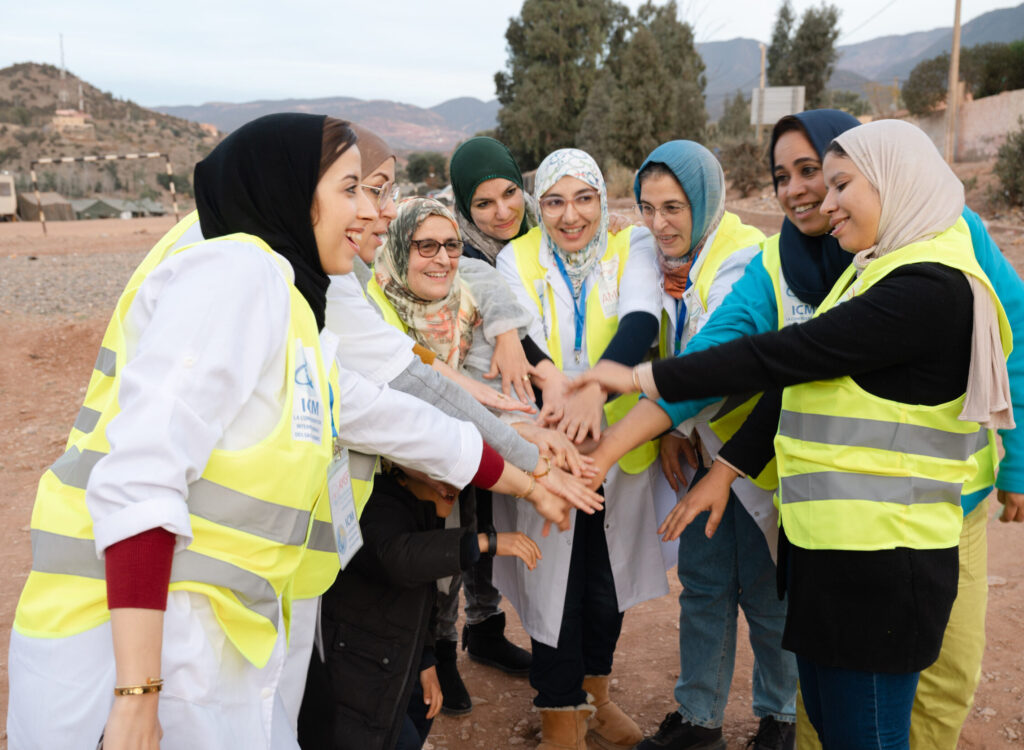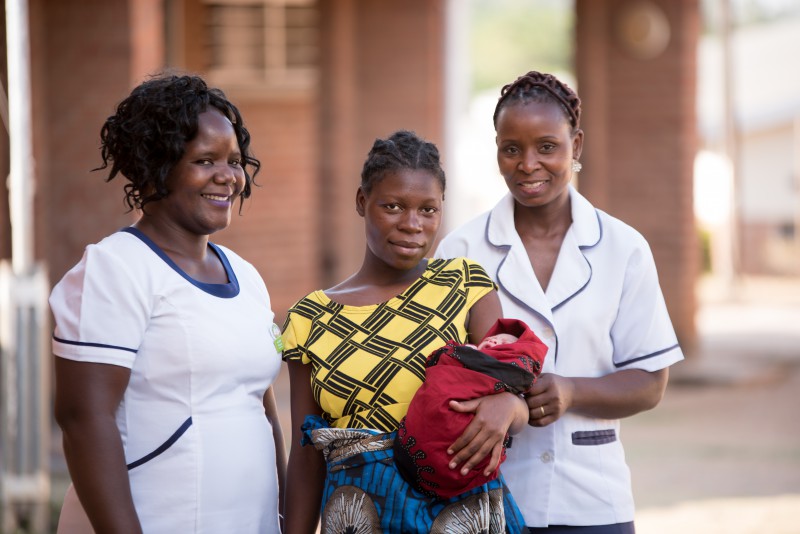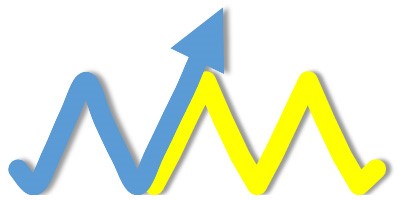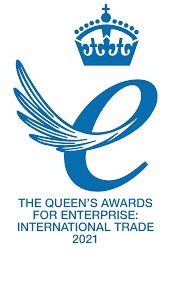About the Midwives’ Data Hub
We connect data, knowledge, and community to strengthen midwives and improve sexual, reproductive, maternal, newborn, and adolescent health (SRMNAH) services globally.
Explore data. Share impact. Drive improvements.

Using the Midwives’ Data Hub
The Midwives’ Data Hub offers two distinct user experiences: one for novice users, available through the homepage interface, and another for more experienced users, interwoven throughout the site and by clicking the “View All Data” button.
The novice interface brings together open-source data from trusted sources like WHO, UNFPA, and ICM, presenting it in an accessible format that supports country-level insights and cross-country comparisons, ideal for advocacy, presentations, and student research projects.
The experienced user interface allows direct data downloads to enable offline access and deeper exploration.
The Hub is designed to support midwives, advocates, and stakeholders at all levels, making it easy to engage with, compare, and share data, while also providing access to more advanced datasets for those who want to dive deeper.
This is a living platform, and we welcome your input! If you have ideas for improving or enriching the Hub, please get in touch: datahub@internationalmidwives.org.
Our History
The Midwives’ Data Hub was created from a shared belief: when midwives are visible in data, they have the power to lead change, shape health systems, and save lives. For more than a decade, the Hub has been a partnership between the International Confederation of Midwives (ICM) and Direct Relief, a humanitarian medical aid organisation.
This partnership began in 2012, when ICM helped create and endorsed Direct Relief’s Midwife Kits, as the gold standard for equipment midwives need to provide safe, quality sexual, reproductive, maternal, newborn and adolescent health (SRMNAH) services in a humanitarian setting.

In 2016, the team launched an interactive online map of ICM’s member associations—an important step toward making midwifery leadership more visible on the global stage. In 2021, after contributing to data collection for the State of the World’s Midwifery Report, ICM and Direct Relief co-developed the Global Midwives’ Hub, an early digital tool for sharing geospatial data in the report on midwives, the profession of midwifery, and SRMNAH outcomes. In 2025, with renewed support from Direct Relief, ICM created a new strategy for the Hub and re-launched it under a new name: the Midwives’ Data Hub.
Methodology
Explore how Hub data is collected, verified, and organised. Learn about our data sources, indicators, and calculations.
Definitions
Explore the glossary to learn more about the indicators and terms used on the Hub – designed to support shared understanding and confident use of data.
Our Team
This platform reflects the collaborative efforts of a multidisciplinary team committed to advancing midwifery through data. Below are the consultants who played key roles in designing, building, and informing the Midwives’ Data Hub.
Friendly Design Co
Friendly Design Co is a creative studio and B Corporation that builds impactful brands and websites for organizations working to repair our world and strengthen communities. For the Midwives’ Data Hub, we focused on human-centered design that makes complex health data accessible to everyone. We designed a welcoming platform that serves midwives regardless of their technical background or location, with an intuitive interface that works across devices and includes multi-language support. The most exciting part for us partnering on a tool that doesn’t just present data, but enables midwives with a tool that amplifies and validates their essential work worldwide. We hope the Hub saves you time and helps you feel empowered: your voice, your work, and your knowledge deserve modern tools.
Find Friendly Design Co at: https://friendlydesign.co/

dymaptic
Dymaptic is a woman-owned GIS consultancy that turns location data into insight. Based in Portland, Oregon, with a remote team across the United States, we build custom mapping and analytics tools for government agencies, nonprofits, and private-sector partners. Our work on the Midwives’ Data Hub showcases what we do best: turning raw location data into intuitive web apps, maps, and dashboards that people actually use. We brought together information from many sources to create the interactive platform that can grow as new insights become available. We’re proud to use GIS for good, advancing better health outcomes for women and children worldwide.
Find dymaptic at: https://www.dymaptic.com/


Novametrics
Novametrics is a research and knowledge management consultancy based in the UK. We help organisations to make informed, evidence-based decisions, by gathering relevant data rigorously, analysing them thoroughly and presenting them clearly. For the Midwives’ Data Hub, we collaborated with ICM to identify and collate important global datasets that are especially relevant to midwives. It is wonderful to see this data presented all in one place – in a way that is clear and accessible, even if you’re not an expert. We hope that this data will inform and enable advocacy to improve the lives of midwives, mothers and babies everywhere.
Find Novametrics at: https://novametrics.org/
Data Topics & Themes
Data on the Hub are grouped into four key themes based on available indicators, organised around the Professional Framework for Midwifery. Here you can select a topic for deeper exploration and download datasets to research, advocacy, and decision-making.
Midwife Model of Care and Workforce
Explore how midwifery is practiced and delivered in different country contexts. This data supports efforts to strengthen the profession and expand access services.
Maternal and Newborn Health Outcomes and Service Coverage
Learn more about data on the state of sexual, reproductive, maternal, newborn and adolescent health outcomes, an indicator of the enabling environment for midwives and health service quality.
ICM Essential Competencies for Midwifery Practice
Explore the different types of midwifery education available globally, including education pathways and educator qualifications, key factors in building a competent midwifery workforce.
Enabling Environment and Leadership
This topic explores the policy environment and leadership roles available to midwives, from national recognition as a distinct profession to the presence of midwives in decision-making. Explore how these impact SRMNAH outcomes and other indicators.